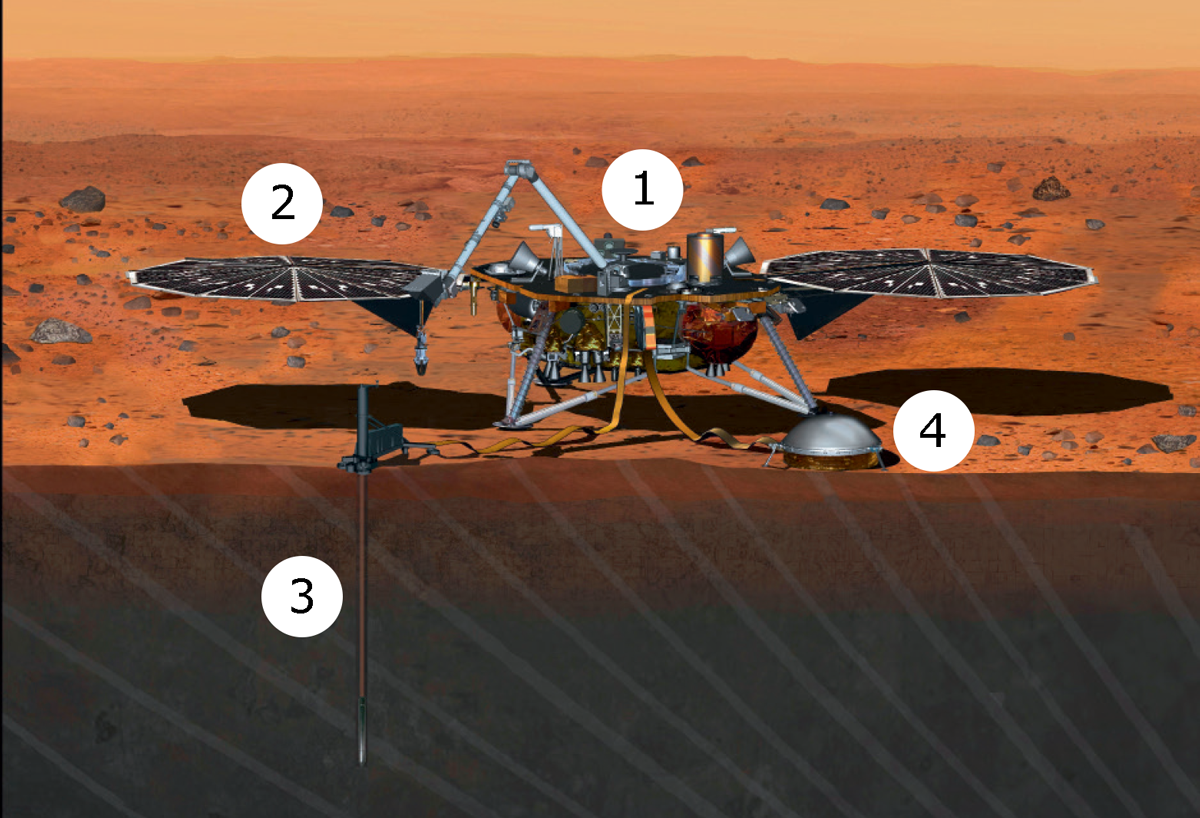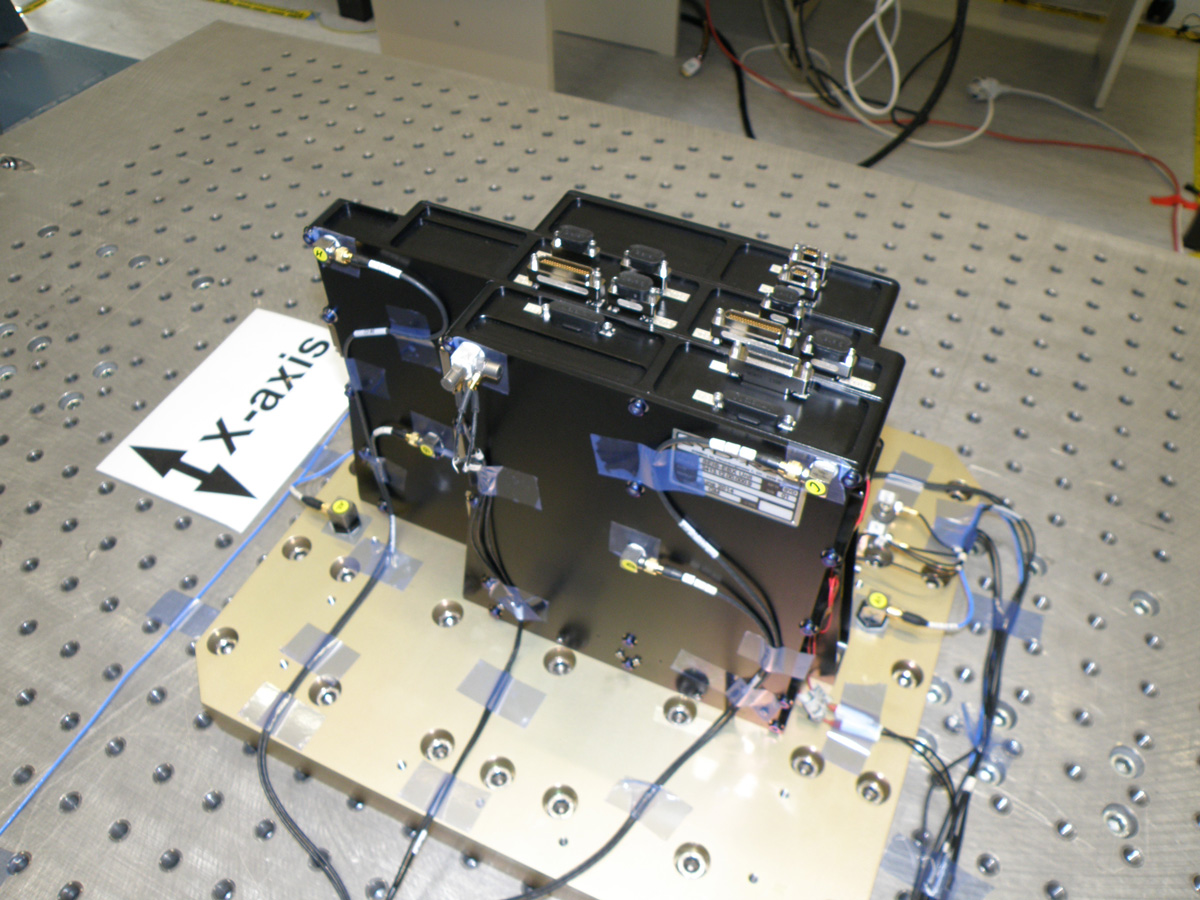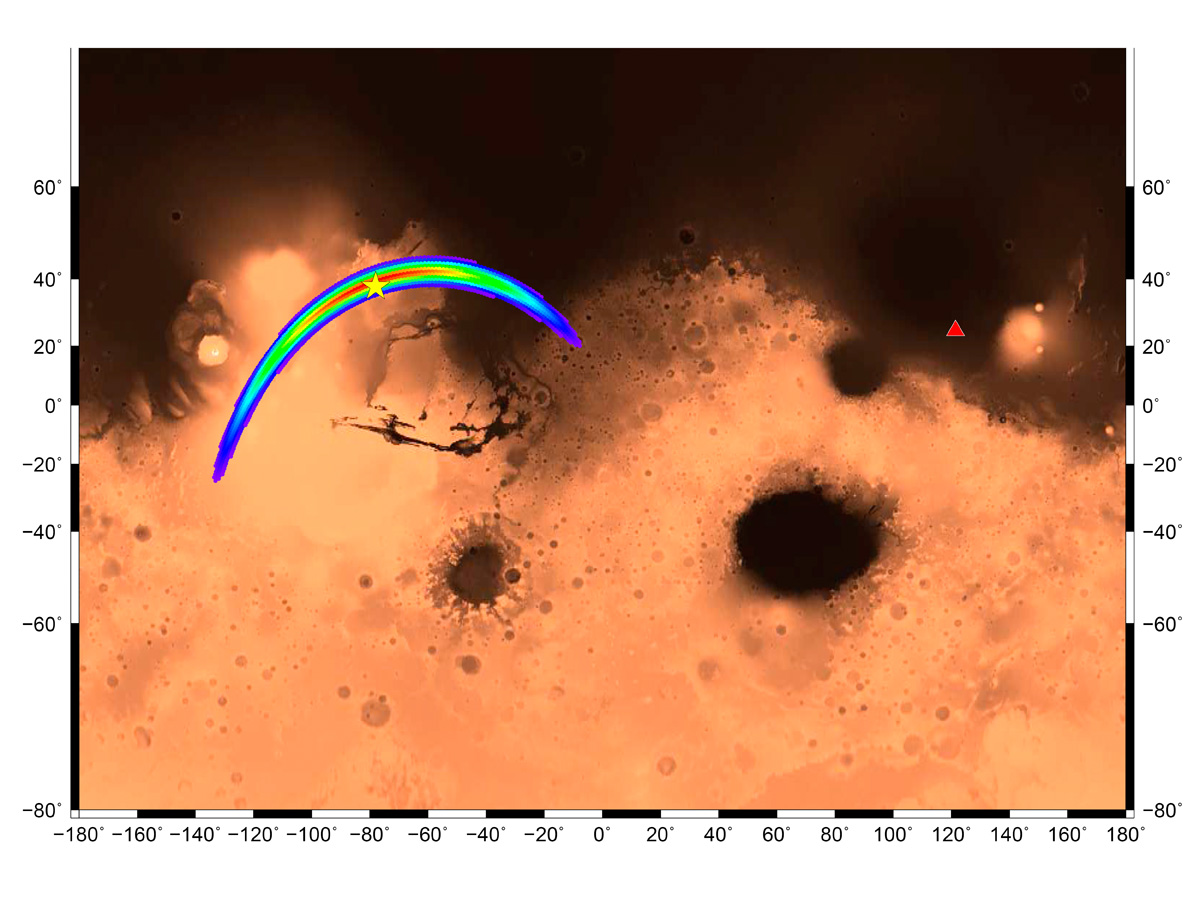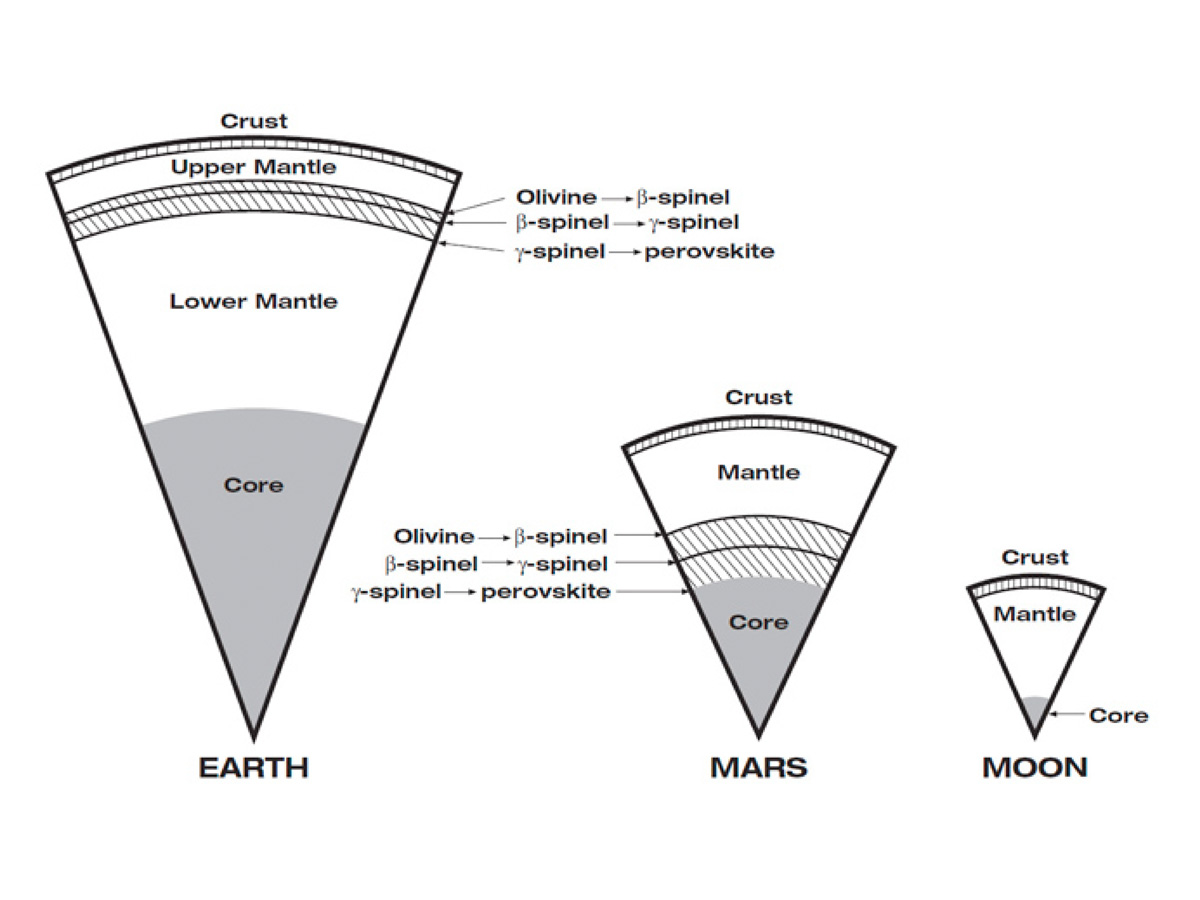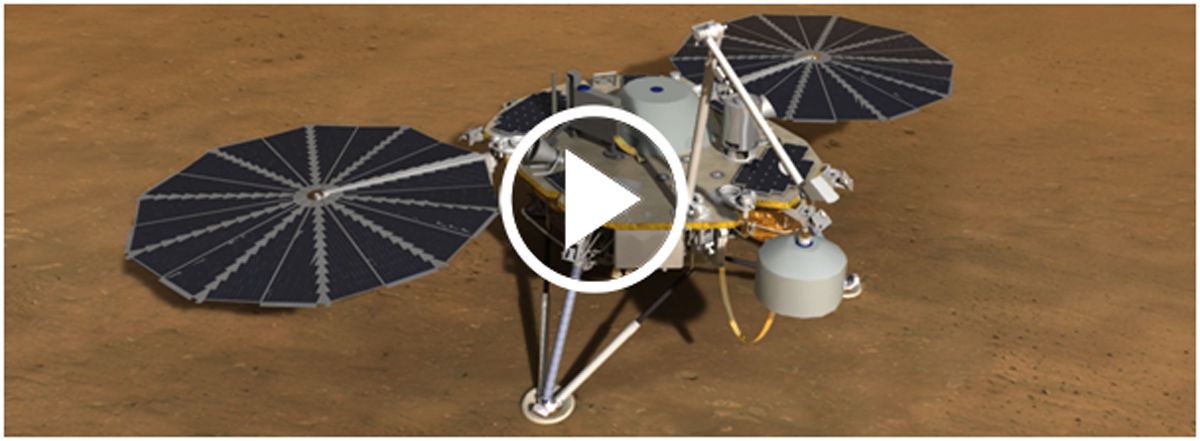Quakes on Mars
In 2016 NASA will send the InSight spacecraft to Mars that will focus on exploring the interior of the planet. InSight stands for “Interior Exploration using Seismic Investigations, Geodesy and Heat Transport”. The primary scientific instrument on-board this un-manned mission is a seismometer. The entire scientific payload is developed and produced in Europe. ETH Zurich and the Swiss Seismological Service (SED) in particular are involved in this project across many domains - hardware development, data processing (looking at the seismic signals to find and characterize marsquakes) and using the information from the earthquake signals to understand the planetary interior.
The broadband seismometer (SEIS) is one of the scientific instruments that will fly on InSight, all of which are being developed by various European countries. Switzerland contributes to InSight via ETH Zurich, where the “Aerospace Electronics & Instruments Laboratory (AEIL)” at the Institute of Geophysics is responsible for the seismometer’s acquisition and control electronics. Additionally, as soon as data is received daily from Mars, seismologists at the Swiss Seismological Service will perform routine data evaluation, thus recording and locating the seismic activity on Mars.
The travel time from Earth to Mars is approximately 6 months. The following video demonstrates how the scientific payload exits Earth, transits to Mars, and lands gently on the Martian surface. InSight replicates the successful 2005 Phoenix mission in terms of its launch, trajectory and landing on Mars, and so it is a relatively low-risk mission.
Once the lander is successfully on “Elysium Planitia” on Mars, it will take a few months to carefully unpack its payload and ensure all equipment is functioning optimally. In the following video, this phase is shown - the solar panels that will provide the power to the lander are unfurled; then the seismometer is placed directly on the surface, a protective shield is placed on top. Finally the HP3 is deployed and a 5m hole is hammered into the surface.
By placing a single seismic station on Mars, InSight tries to address a fundamental issue of planetary and Solar System science: understanding the processes that shaped the rocky planets of the inner Solar System (that include Earth) more than four billion years ago. InSight’s primary objective is to study the earliest evolutionary history of the processes that shaped Mars. By studying the size, thickness, density and overall structure of Mars' core, mantle and crust, as well as the rate at which heat escapes from the planet's interior, InSight will provide a glimpse into the evolutionary processes of all of the rocky planets in the inner Solar System.
The mission will determine if there is any seismic activity, the amount of heat flow from the interior, the size of Mars' core and whether the core is liquid or solid. The mission's secondary objective is to conduct an in-depth study of geophysics, tectonic activity and meteorite impacts on Mars, which could provide knowledge about such processes on Earth.
In terms of fundamental processes shaping planetary formation, Mars is a ‘goldilocks’ planet - it contains the most in-depth and accurate historical record, because it is big enough to have undergone the earliest processes that shaped the terrestrial planets, but small enough to have retained the signature of those processes.
In the early years of planetary exploration, seismometers operated on the Moon and on Mars. Between 1969 and 1972, seismometers we placed on the Moon directly by astronauts, and this network confirmed the occurrence of moonquakes on our neighbour. Both Viking landers in 1976 included seismometers - but unfortunately excessive noise (the sensors were not decoupled from the lander) and limited sensor frequency range means the presence of marsquakes was not confirmed.
It is a challenge to detect and extract high quality locations from a single station. If InSight is successful, it is hoped future missions to Mars will also include similar seismometers and a network of seismometers may be installed.
